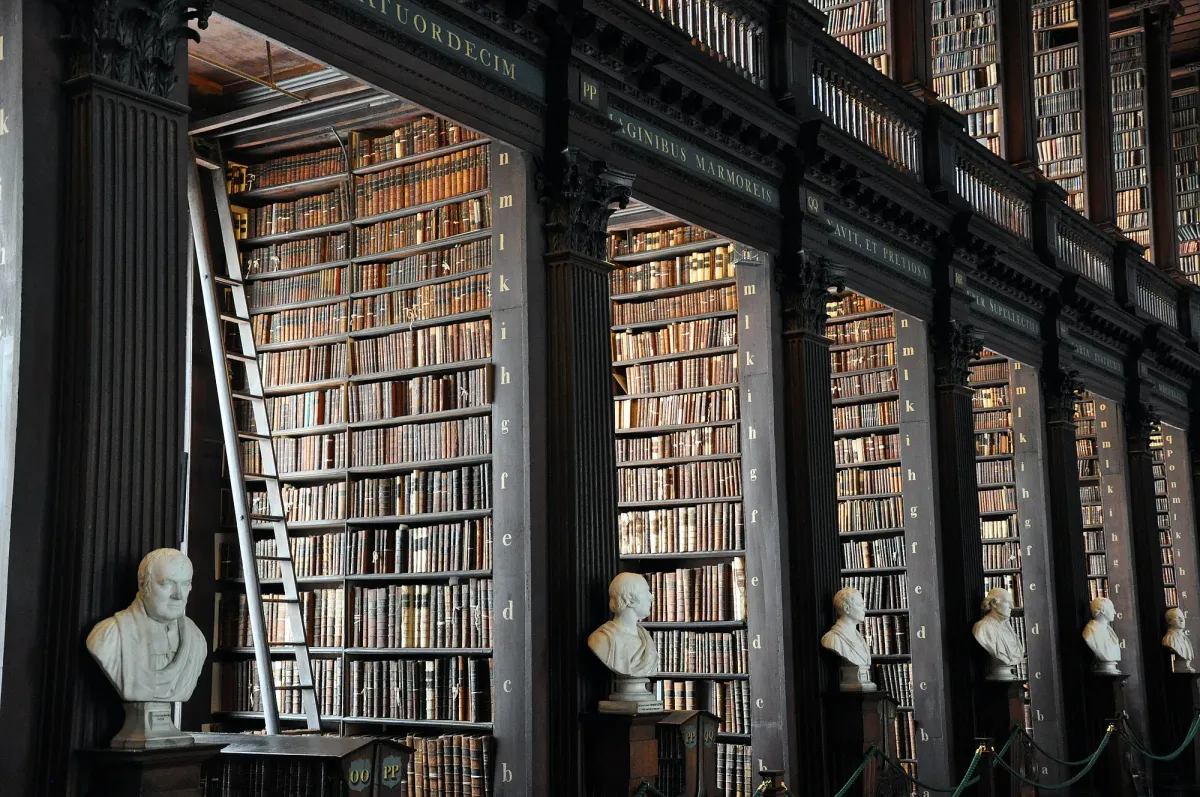Why Mathematics Isn’t Much Different From Religion
Exploring faith

Math and religion are the same in that they both aspire to a sort of grace. They are conscious endeavours to turn abstractions to actuality. They work to uncover truths: truths about the universe, and truths about us. And so religion and mathematics are vehicles in which we turn to, in which some of us devote ourselves to, to find some sort of meaning in a world one could arguably say has none.
Like religion, mathematics transcends time and human culture. Approximately 2500 years ago, the Pythagoreans defined a perfect number as a number that is the sum of all its divisors besides itself. 6 (6 = 1 + 2 + 3) is a perfect number. 28 (28 = 1 + 2 + 4 + 7 + 14) is a perfect number. Then, the Pythagoreans proved that if 2^n-1 is a prime, (2^n-1) * 2^n-1 must be perfect. Over 2000 years later on the basis of these theories, Euler proved that all even perfect numbers maintain these forms. The search for an odd perfect number still remains an avid mathematical pursuit today.
Mathematicians formulate the syntax of arithmetic, and this syntax has the potential to progress. They begin with “marks” that are different from one another. If they can combine these marks written one after the other, they can formulate an expression. If they can arrange these expressions to follow rules, they can formulate formulas. Some formulas are elected as axioms. And through the further refinement of axioms, mathematicians can attain Peano Arithmetic (PA).
PAs are comprised of proofs, which are successions of formulas. Each formula in the proof is a theorem. And so mathematics is an attempt to construct theorems. Like religion, mathematics is an attempt to find truth.
We look to religion for guidance. For thousands of years, we’ve looked to mathematics, in some shape or form, for guidance too. In 4500 B.C, Egyptians watched the brightest star, Sirius, rise in the sky. This event usually happened in July, and the Egyptians noticed the Nile River would flood shortly after the star’s rising. They counted it took 365 days for the river to flood, which allowed them to calculate the beginning of the year.
Other civilizations, such as the Sumerians and the Babylonians, used math for their “time” calculations too. And all of them are strikingly accurate. The Sumerians divided the 365 days the Egyptians calculated into 12 periods, and then divided the periods into 30 parts. The Babylonians calculated 24 hours in a full day, and then divided each hour into 60 minutes, and each minute into 60 seconds.
Ancient Greek Culture saw a vivid parallel between mathematics and religion. The Pythagoras believed that Earth was spherical because it was the most perfect shape. They saw math as a defining feature of music, and music was the ideal of beauty in Greek culture.
In Greek and Hebrew philosophy, God creates the world in six days because six was believed to be the perfect number. Six is the product of two, the first masculine number, and three, the first female number. The number five, the sum of two and three, is representative of the union between male and female. The pentagram, a five-pointed star, was used by the Pythagoreans to symbolize brotherhood, and also leads to the golden ratio.
And so mathematics and religion are closely linked in their divinity and search to find truth, despite the perception that the fields are so polar. We have faith that religion will guide us the way, but we also have faith in math; that it will give us some answers while we are here, and that the answers will provide us with some meaning as to why.





